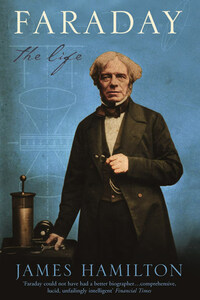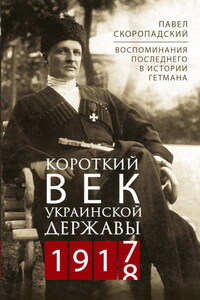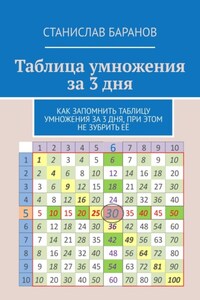Setting off from London in October 1813 to travel on the continent, Michael Faraday found the education of an artist in the company of a scientist. He was twenty-two years old when he left England with Sir Humphry Davy, the most famous and admired scientist of his day, taking with him notebooks in which he wrote a unique diary, perceptive, full of incident and detail, of art and antiquities, of scientific experiments and discovery in the making, and of Europe at a moment of unparalleled change. But he took with him also the affection and good wishes of Richard Cosway, as fashionable and controversial a painter as Davy was a scientist, and of the distinguished and level-headed architect George Dance the Younger, and so had the added opportunity of experiencing the antiquities, landscape and history of Europe with the distant guidance of two senior Royal Academicians. With Davy beside him, and Cosway and Dance at home, Faradayâs entourage of mentors was complete.
Faradayâs diary of his eighteen-month continental journey, and the many letters home that surround it, reveals the formation of a man whose scientific discoveries would begin within thirty years to affect through gradual change the lives of every person on the planet.
In the twenty-first century, Michael Faradayâs discoveries and improvements have become given facts and facilities. Electricity comes out of the plug in the wall; shirts and dresses of every subtle shade of dye hang on the rails of clothes shops; we wear spectacles with precision-made lenses, use steel razors, stir tea with electroplated spoons; we fly in aeroplanes free of harm from lightning strikes; we sail in ships warned off rocks by effective lighthouses; and we swim in pools tinctured by liquid chlorine. But in taking a clear occasional glimpse back at the roots of all these standards of modern life, time and again we see the figure of Michael Faraday standing at the distant crossroads.
If Faraday had not made the scientific discoveries he did, somebody else, or a chain of other people, would quite rapidly have done so. Life now would have been recognisably similar but for one particular: Faraday never patented anything. He built no fences around his discoveries to increase personal gain, nor did he market appliances, such as the electric motor or the dynamo, to exploit them. When his experimental ideas were progressing towards the inevitable practical application he passed them on to others. Faraday saw his role as reading âthe book of nature ⦠written by the finger of Godâ,>1 determining, through experiment, analysis and deduction, a huge network of interconnected scientific principles which he gave as general knowledge to humanity. In doing so, there were no patent fees to pay to him in the nineteenth century, no âFaraday and Companyâ to give dues to for the use of patterned cloth, razor blades or the generation of electrical power; but also, by now (if all had gone well in the twentieth century) no Faraday Foundation to distribute vast profits to speed the pursuit of happiness. We need to see and understand Faraday in the context of his time and cultural influences if we are to come to a fuller knowledge of the underpinnings of contemporary life. If we know where we have been, we may have a clearer idea of where we may be going.
In this biography I am taking a point of view that stands rather off the main track. Modern biographers of Faraday, writing largely as scientists and historians of science, have drawn portraits of the man which centre on his discoveries and their meanings. If Faraday were a seaside town these would be views of the main square, with all its colour, traffic and purpose. In looking at Faraday in his cultural context, and writing as an art historian with some minor, accidental, university experiences in science, the view I am painting is of the town and its landscape setting from the edge of the bay.








